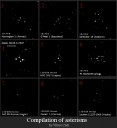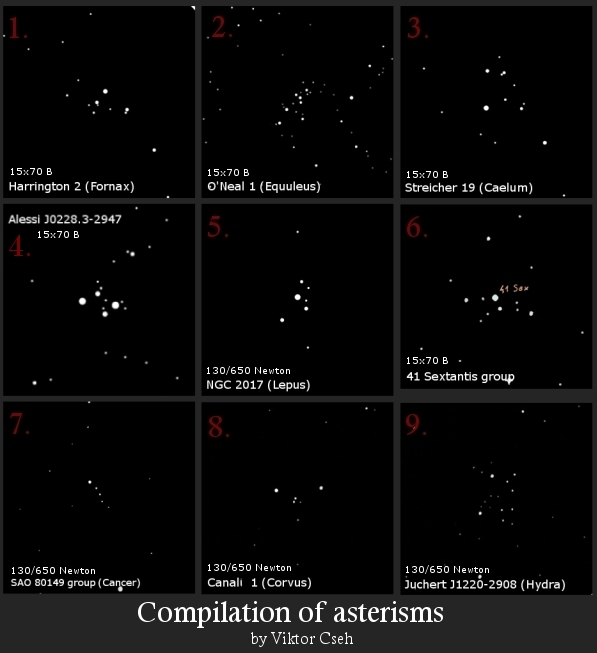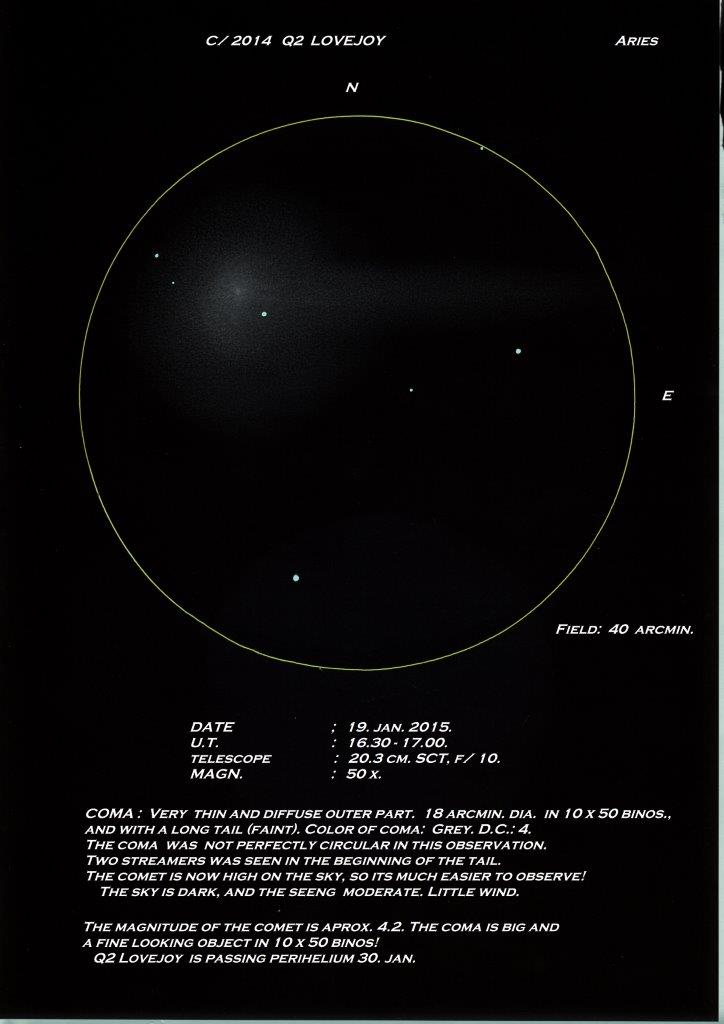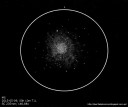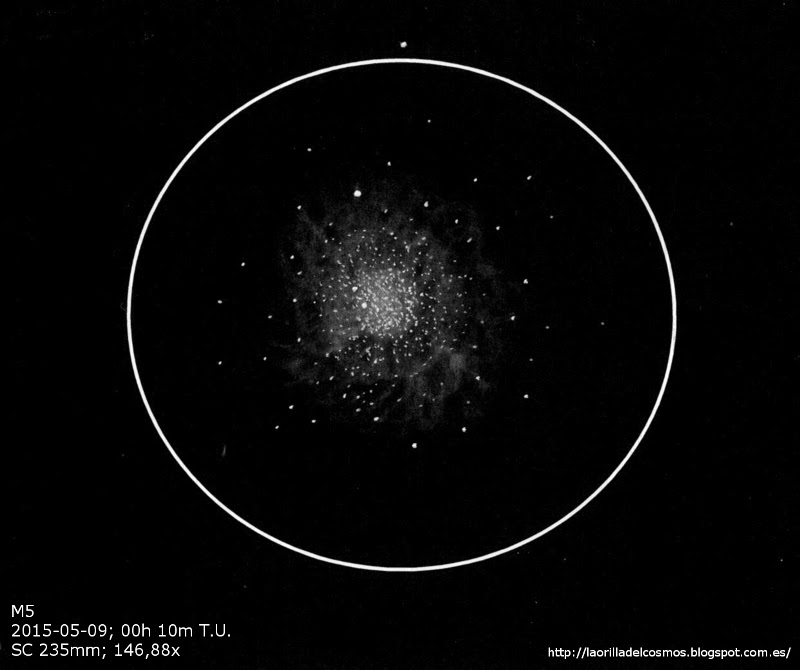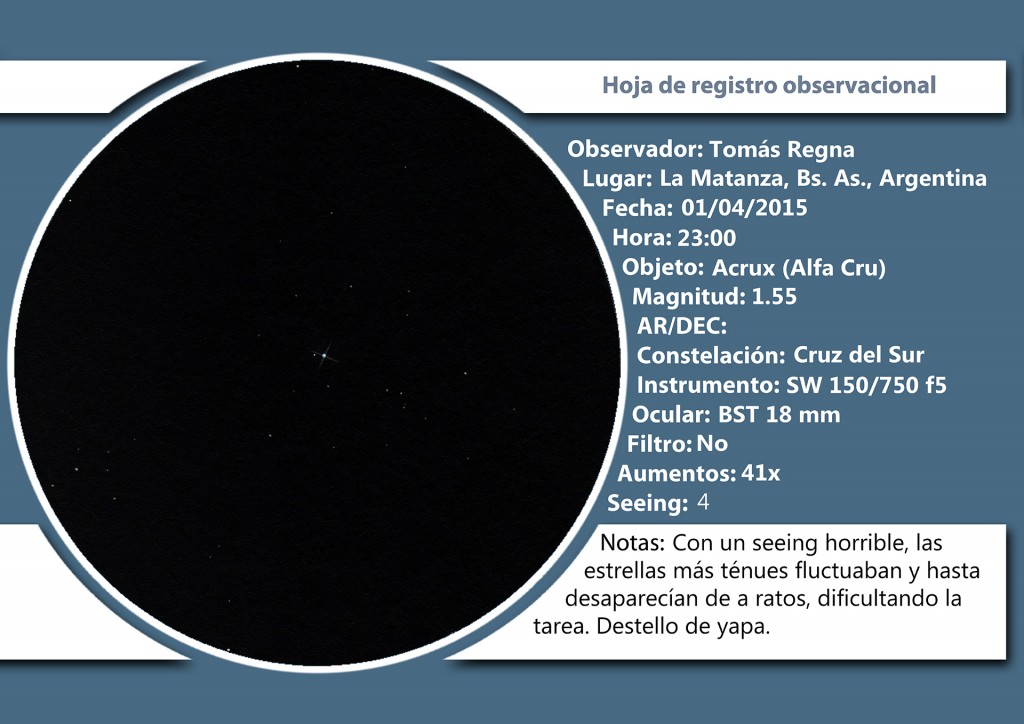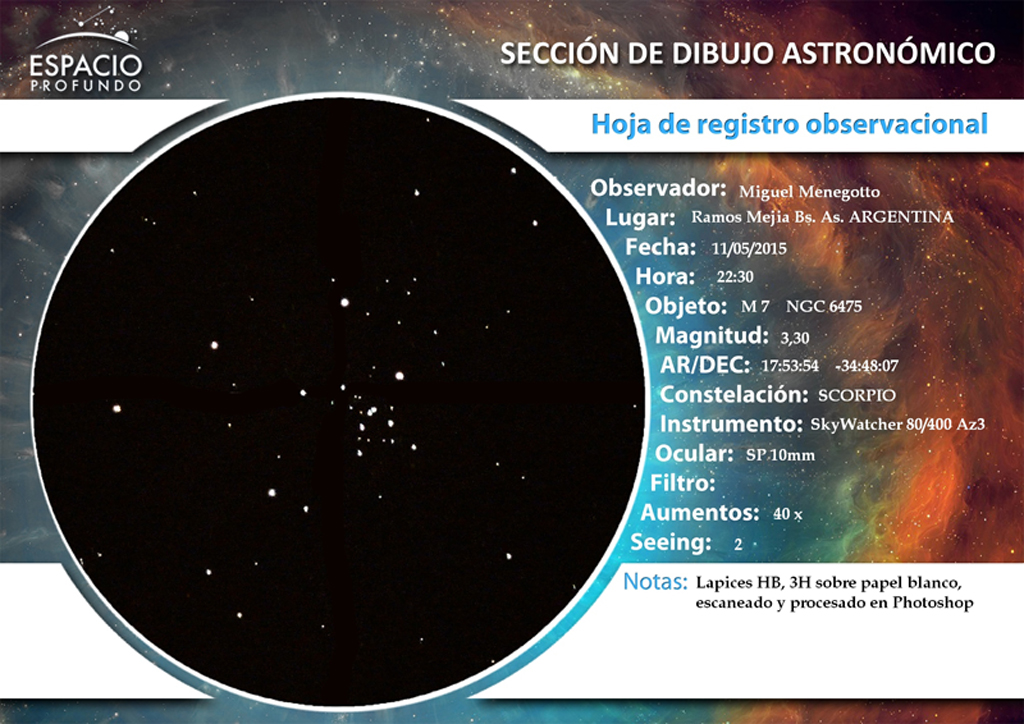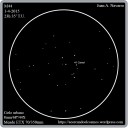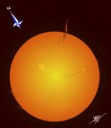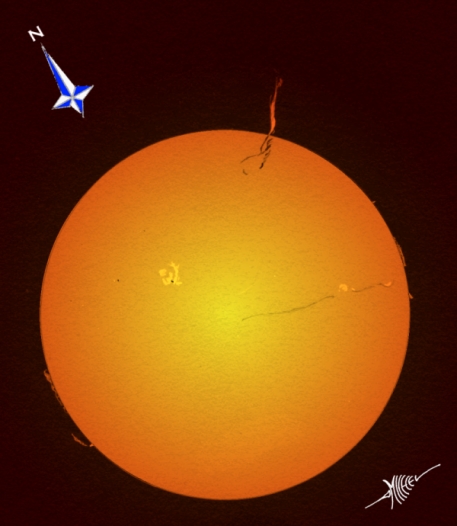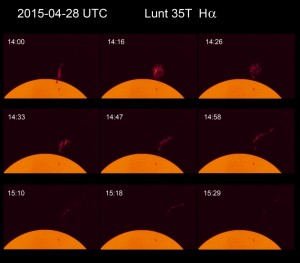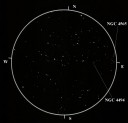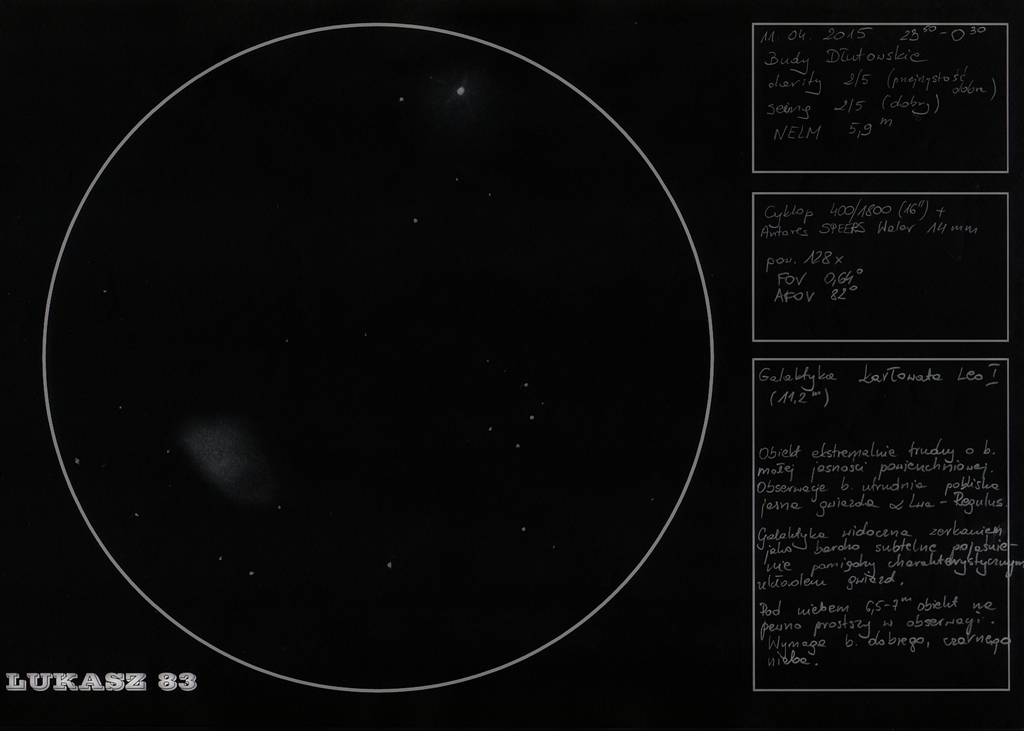
Object Name Leo I
Object Type dwarf galaxy
Location Budy Dłutowskie – small village in central Poland
Date 10.04.2015
Media graphite pencil, white paper, color invert
Telescope Newton 16” (400/1800) + Speers Waler 14mm
Seeing 2/5 (good)
Transparency 2/5 (good)
NELM 5,9 mag
Leo I is a dwarf galaxy in Leo constellation. It is also the most distant satellite of Milky Way.
The object is extremely hard to observe because of really low surface brightness and also proximity of Regulus.
You need good dark sky and nice transparency to catch this object. It is one of the small “night challenges”
Clear Sky
Łukasz

